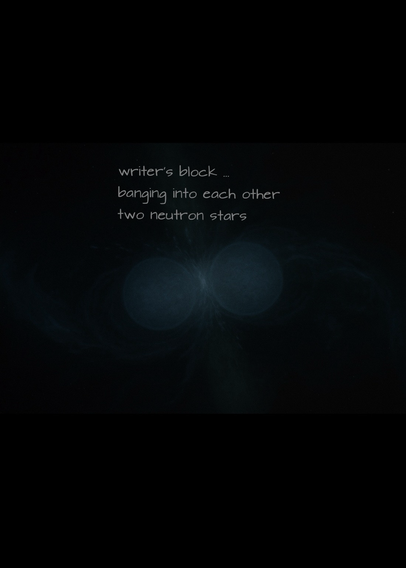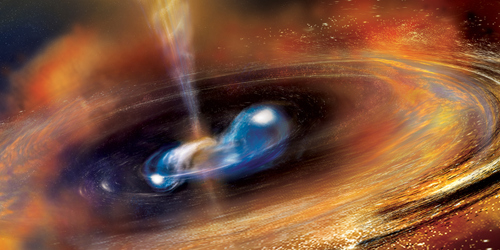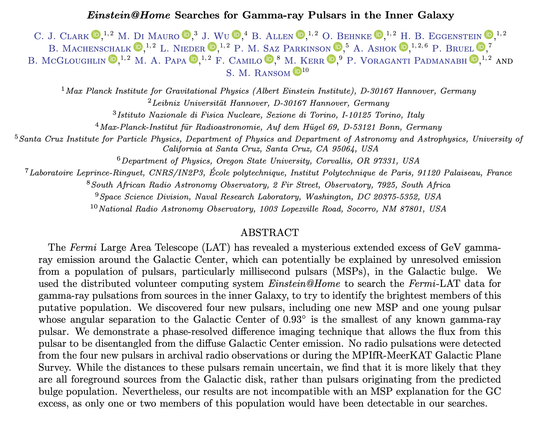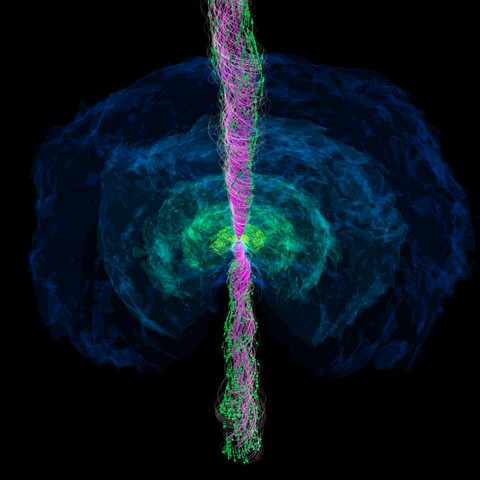"Boyanov and colleagues tackle the following questions: Under what conditions do viscous compact objects such as neutron stars reflect or absorb gravitational waves? And to what extent do these interactions mimic those of black holes?"
🎉 A new paper with Einstein@Home gamma-ray pulsar discoveries 🔭
The new publication “Einstein@Home Searches for Gamma-ray Pulsars in the Inner Galaxy” was accepted for publication in The Astrophysical Journal and is posted on the arXiv preprint server today.
📄 https://arxiv.org/abs/2509.21307
The international science team reports the discovery of four previously unknown gamma-ray pulsars towards the direction of the Galactic Center. Most likely the four discoveries are foreground sources from the Galactic disk.
🙏 We thank our volunteers, without the support of whom this research could not have happened.
All of our publications and PhD theses related to the project at https://einsteinathome.org/science/publications.
This is a fantastic presentation on #NeutronStars - #AnnaWatts is so awesome as she presents on #NeutronDegeneracyPressure and ferocious magnetism along with the evolution of modelling is super nifty.
Stick around for the Q&A ...
https://www.youtube.com/watch?v=I12SQ7YOebY

Anna Watts - Neutron Stars: The Supranuclear Density Zombies of the Cosmos (March 26, 2025)
✨ New header picture 🖼️
The image is a still from a numerical simulation. It shows the situationa approximately 1.3 seconds after the merger of two neutron stars. The blue and green contours show the density of matter around the central remaining black hole. The magenta lines show the magnetic field lines and the arrows show the outflow from the magnetosphere (also known as a “jet”).
The simulation set a new record: an international team led by researchers from @mpi_grav has performed the longest and most complex simulation to date of a binary neutron star merger, lasting 1.5 seconds of real time. This required around 130 million CPU hours.
ℹ️ https://www.aei.mpg.de/1249127/breakthrough-in-simulating-how-neutron-stars-collide
Image: K. Hayashi / @mpi_grav
There were already two new gravitational-wave candidates today – so far.
S250830m, if real, most likely came from a merger of two black holes 12 billion light-years away.
ℹ️ https://gracedb.ligo.org/superevents/S250830m/view/
S250830bp, if real, came either from a merger of two black holes (84% probability) or from a merger of a black hole with a neutron star (16% probability). The distance is “only” 1.4 billion light-years. The sky position could be determined quite accurately (to within 10.5 square degrees).
ℹ️ https://gracedb.ligo.org/superevents/S250830bp/view/
#GravitationalWaves #O4c #Astronomy #Astrophysics #Science #BlackHoles #NeutronStars
Two new papers from our team with the latest Einstein@Home science results 🎉
Our team has just published two new papers on the arXiv preprint servers, reporting on the latest results from analyzing public @LIGO data from the third observing run (O3).
📄 “Einstein@Home all-sky "bucket" search for continuous gravitational waves in LIGO O3 public data” (https://arxiv.org/abs/2508.16423)
📄 “High-frequency continuous gravitational waves searched in LIGO O3 public data with Einstein@Home” (https://arxiv.org/abs/2508.20073)
🙏 We thank our volunteers, without the support of whom this research could not have happened.
All of our publications and PhD theses related to the project ➡️ https://einsteinathome.org/de/science/publications
#GravitationalWaves #NeutronStars #CitizenScience #DistributedComputing #Astronomy #Astrophysics
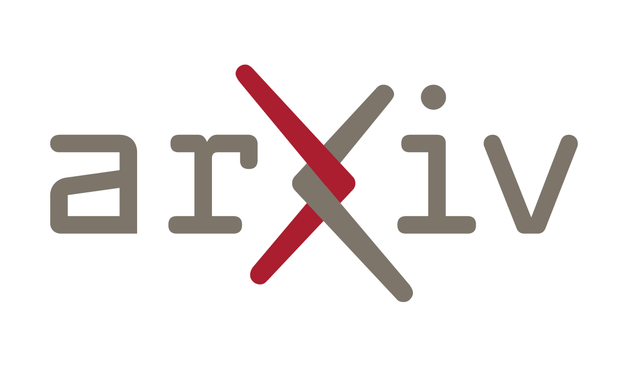
Einstein@Home all-sky "bucket" search for continuous gravitational waves in LIGO O3 public data
We conduct an all-sky search for continuous gravitational waves using LIGO O3 public data from the Hanford and Livingston detectors. We search for nearly-monochromatic signals with frequencies $30\, \text{Hz} \leq f \leq 250\, \text{Hz}$ and spin-down $-2.7 \times 10^{-9}\, \text{Hz/s} \leq \dot{f} \leq 0.2 \times 10^{-9}\, \text{Hz/s}$. We deploy this search on the Einstein@Home volunteer-computing project and on three super computer clusters; the Atlas supercomputer at the Max Planck Institute for Gravitational Physics, and the two high performance computing systems Raven and Viper at the Max Planck Computing and Data Facility. Our results are consistent with a non-detection. We set upper limits on the gravitational wave amplitude $h_{0}$, and translate these to upper limits on the neutron star ellipticity and on the r-mode amplitude. The most stringent upper limits are at 173 Hz with $h_{0} = 6.5\times 10^{-26}$, at the 90% confidence level.
You'll find a set of five papers with all details on the arXiv preprint server today:
1️⃣ GWTC-4.0: An Introduction to Version 4.0 of the Gravitational-Wave Transient Catalog (https://arxiv.org/abs/2508.18080)
2️⃣ GWTC-4.0: Methods for Identifying and Characterizing Gravitational-wave Transients (https://arxiv.org/abs/2508.18081)
3️⃣ GWTC-4.0: Updating the Gravitational-Wave Transient Catalog with Observations from the First Part of the Fourth LIGO-Virgo-KAGRA Observing Run (https://arxiv.org/abs/2508.18082)
4️⃣ GWTC-4.0: Population Properties of Merging Compact Binaries (https://arxiv.org/abs/2508.18083)
5️⃣ Open Data from LIGO, Virgo, and KAGRA through the First Part of the Fourth Observing Run (https://arxiv.org/abs/2508.18079)
#GWTC4 #GravitationalWaves #Astrophysics #Science #BlackHoles #NeutronStars

GWTC-4.0: An Introduction to Version 4.0 of the Gravitational-Wave Transient Catalog
The Gravitational-Wave Transient Catalog (GWTC) is a collection of short-duration (transient) gravitational wave signals identified by the LIGO-Virgo-KAGRA Collaboration in gravitational-wave data produced by the eponymous detectors. The catalog provides information about the identified candidates, such as the arrival time and amplitude of the signal and properties of the signal's source as inferred from the observational data. GWTC is the data release of this dataset and version 4.0 extends the catalog to include observations made during the first part of the fourth LIGO-Virgo-KAGRA observing run up until 2024 January 31. This paper marks an introduction to a collection of articles related to this version of the catalog, GWTC-4.0. The collection of articles accompanying the catalog provides documentation of the methods used to analyze the data, summaries of the catalog of events, observational measurements drawn from the population, and detailed discussions of selected candidates
Doubling the gravitational-wave transient catalogue – LIGO-Virgo-KAGRA researchers at the @mpi_grav and at @unihannover make significant contributions to detect and analyze new gravitational-wave candidates
ℹ️ https://www.aei.mpg.de/1276428/doubling-the-gravitational-wave-transient-catalogue
The @LIGO Virgo KAGRA (LVK) collaboration has today released new results from the first part of the fourth observing run (O4a). The scientists discovered 128 new gravitational-wave signals in the data, all of which originated from mergers of black hole and neutron star–black hole binaries.
Movie: I. Markin (@unipotsdam), T. Dietrich (@unipotsdam and @mpi_grav), H. Pfeiffer (@mpi_grav).
#GWTC4 #GravitationalWaves #Astrophysics #Science #BlackHoles #NeutronStars
